In This Issue
Life Sciences Special Issue
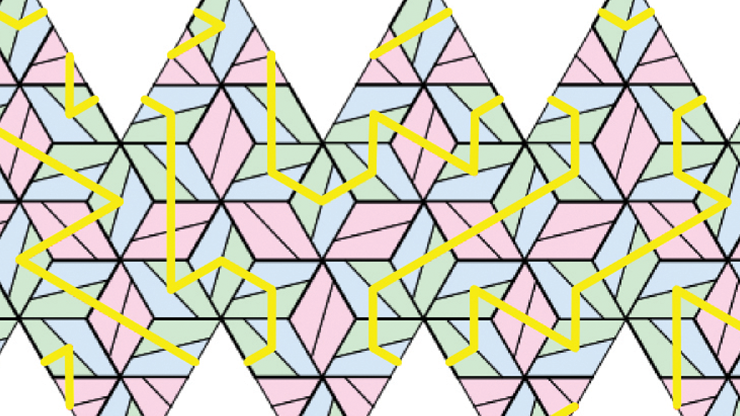
Group, graph, and tiling theory can provide new insights into the architecture and formation of virus particles.
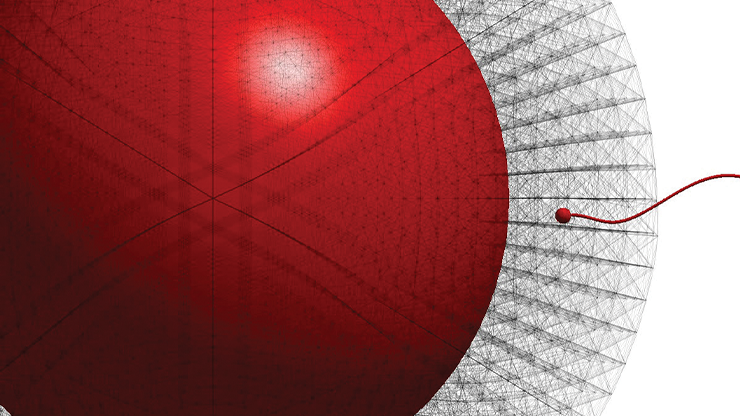
Lisa Fauci models sperm motility, biochemical signaling, and mammalian reproduction using an immersed boundary (IB) framework.

The versatile immersed boundary method is applicable to mathematical problems underlying heart and cilia systems.
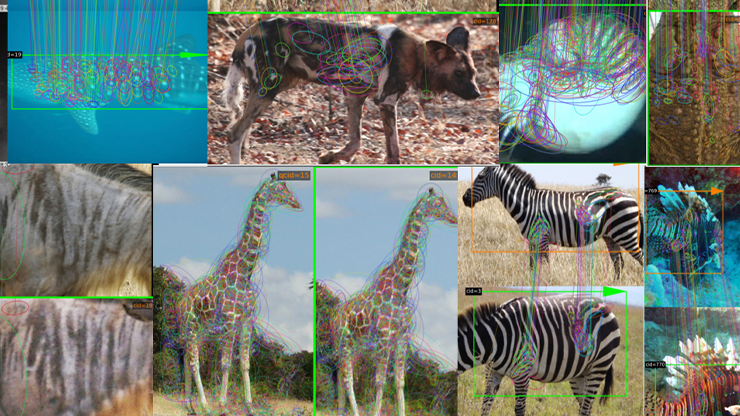
Tanya Berger-Wolf's computational work uses wide-ranging data to provide scientific insight into the collective behavior of animals.
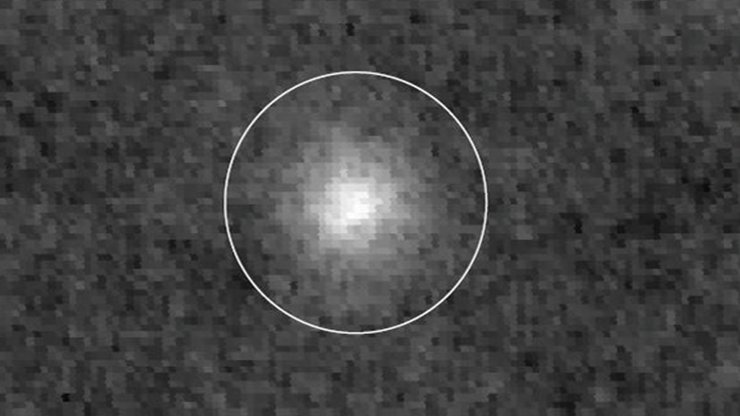
This article explores simple algorithms and possible mechanisms for odor location in animals that do not depend on the actual concentration.

Victorita Dolean demonstrates the feasibility of a new imaging technique based on microwaves that characterizes strokes.
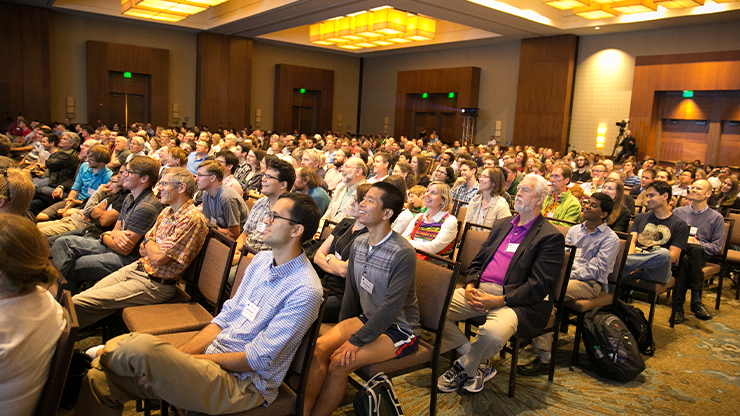
The 2016 I.E. Block Community Lecture emphasized the importance of touching, seeing, and feeling to central concepts in applied mathematics.
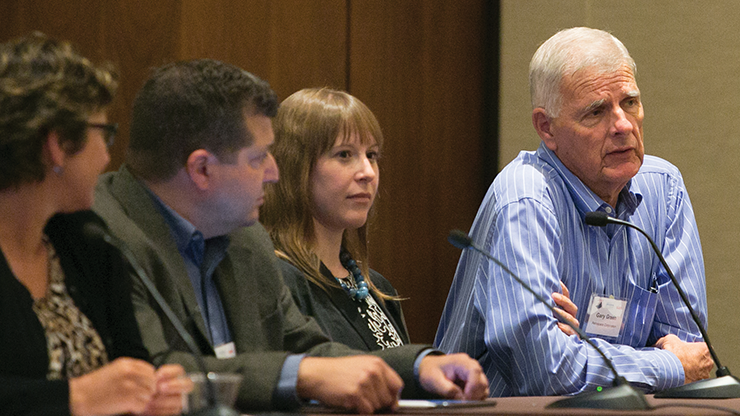
Lalitha Venkataramanan, Rachel Levy, and Bill Kolata highlight themes from a career panel that they organized at the SIAM Annual Meeting.
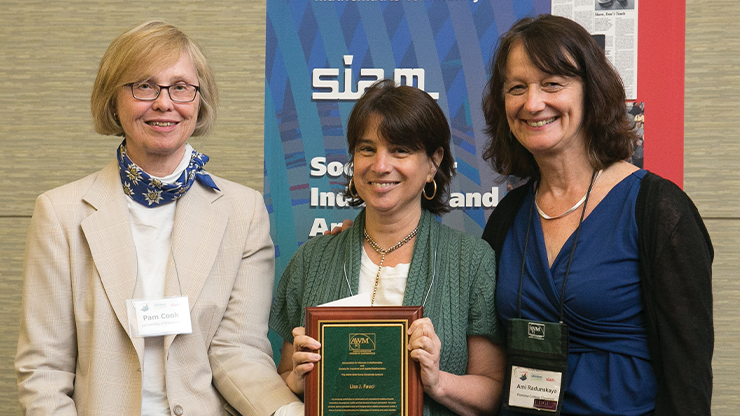
View a collection of photos primarily from the Prizes and Awards Luncheon at the 2016 SIAM Annual Meeting, held in Boston this July.
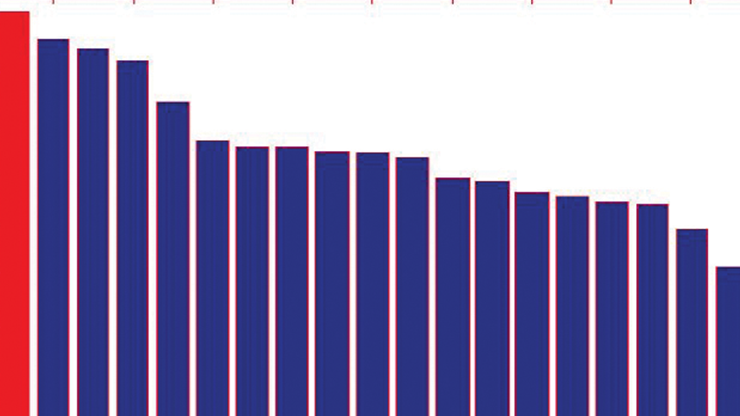
The SIAM Conference on the Life Sciences has, for the first time, highlighted mathematical molecular bioscience and biophysics as a theme.

Get Involved
Renew Your SIAM Membership for 2017 and Remain a Part of our International and Interdisciplinary Community
There are lots of reasons to renew your SIAM membership!

